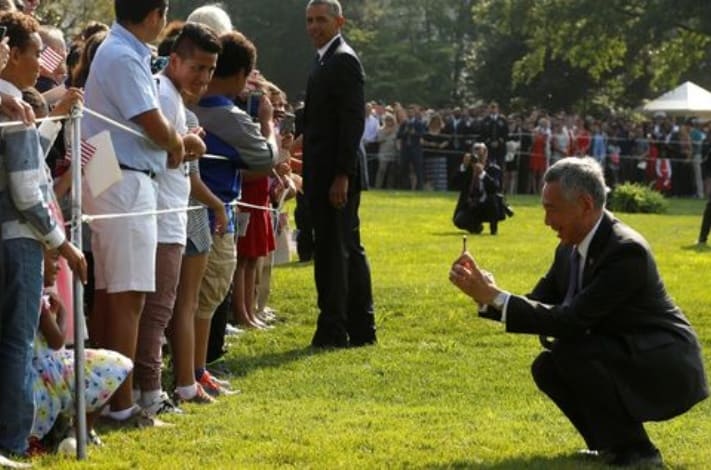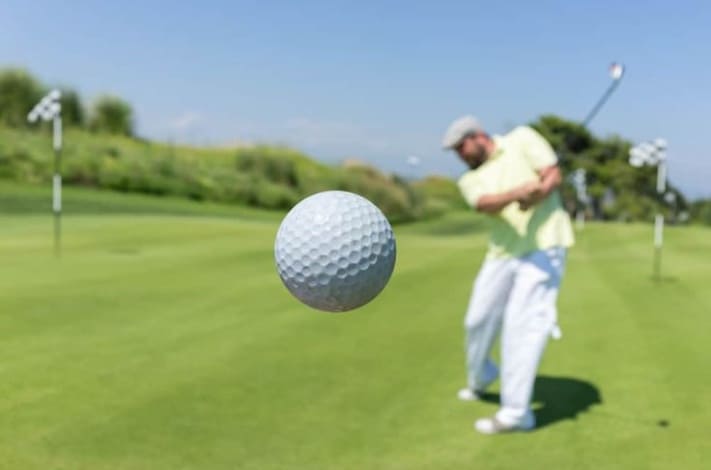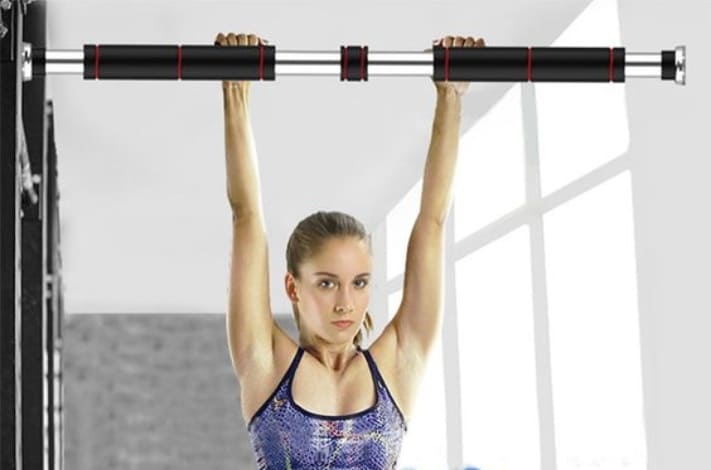You have likely seen photos of people from Asian nations doing deep squats. It is also possible that your friends who visited Asia may have told you that they often saw residents sitting in deep squats at seemingly “random” locations.
Perhaps you are now familiar with the Asian squat, which I want to explain in this post. Though it is not meant for everyone, it is pretty popular amongst Asians, who tend to execute this deep squat quite efficiently for both practical and cultural reasons.
What Is an Asian Squat?
An Asian squat, with your heels down and your feet flat on the floor, is a deep squat! In Asian cultures, it is a frequent sight. People use it to cook, sleep, interact with others, and even use the toilet. Lower back, hips and ankle flexibility are necessary for this squatting position. It is sometimes referred to as the kimchi squat, the Korean squat, or the Japanese squat.
Research findings from this study imply that, apart from the rectus femoris and hamstring muscles, complete squat exercise is more beneficial for building lower limb muscles. Therefore, you will find that many Asians prefer deep squatting to standing.
Can You Execute an Asian Squat? Find Out More
Consequently, are you able to execute this position? The majority of individuals can learn to squat deeply, but, as previously noted, your biomechanics and degree of mobility will determine how easy or difficult it is for you. A meta-analysis of human limb bones conducted in 2013 revealed that some Asian nations have lesser shares of limb length than other ethnicities.
Therefore, even if it would be simpler for these people to enter a deep squat, you should still practice if you wish to execute this position. All you have to do is work within your unique mechanics to squat deeper. For instance, a person with shorter lower limbs can have a more erect torso. A person who has longer lower limbs may tilt their body farther forward.
It is not important to worry about looking precisely like someone else while squatting; instead, focus on practicing lowering your hips and maintaining your weight over the middle of your foot.
Maintaining flat feet on the floor is essential for perfecting the Asian squat since it enhances ankle mobility. To do this, you must focus on releasing the tension in your calf muscles and maximizing your ankle joint’s range of motion.
You should do the following three workouts to increase your ankle mobility for the Asian squat:
- Soft Tissue Calf Release: Do it for 60 seconds.
- Banded Ankle Dislocation: Perform 20 repetitions in two sets.
- One-Leg Downward Dog: Perform two sets of 20 repetitions.

Image source: Pinterest
How Do I Perform an Asian Squat?
These are the steps on how to Asian squat by yourself. Follow them for an enjoyable and complete guide.
- #1) Place Your Feet Shoulder-Width Apart to Begin
Choose a little narrower stance than shoulder width if your legs are shorter than average. If your legs are longer, aim for a broader stance.
- #2) Begin the Asian Squat
Lower your pelvic region to the floor by bending your knees until your thighs and buttocks meet the calves and heels, respectively. Drop slowly and make sure to maintain equilibrium.
- #3) Heels Pressed Down
Ensure your knees and ankles do not fold inward. Additionally, make sure your feet are flat and stable on the ground.
- #4) Upright Body Posture
As long as it seems comfortable, stay in this posture. As previously said, if you have trouble staying balanced, grab onto anything, such as a doorframe or a free weight.
- #5) Positioning of the Hands
Place your arms on your knees and rest. Another option is to let your arms dangle, press your legs slightly outward with your elbows, or put your hands together in front of your chest to maintain the Asian squat.
- #6) Breath Easy and Relax
For a few seconds or minutes, maintain this posture and attempt to feel your muscles “relax.” To get into the posture, concentrate on taking deep breaths and remember not to strain your body.
Why Is It Such a Challenge to Do the Asian Squat?
You may find it challenging to do Asian squats if you have never attempted them. Furthermore, you are not alone, mainly if you grew up in the West. The reason is that the tightness in the lower body joints makes performing and maintaining a deep squat difficult. Our muscles and joints stiffen with age, particularly in the present day when most individuals lead sedentary lives.
It makes logical sense; therefore, those who spend most of their days seated would find it challenging to squat even parallel, much less intensely, as in the Asian squat. Other reasons that we found lead to difficulties in performing Asian squats rather than a sedentary lifestyle include:
- Poor or less practice of the Asian squat techniques
- Lacking the right leg-length proportions
- Inadequate mobility of the ankles, pelvic joints, and knees
Asian Squat Benefits
The human body is really capable of performing Asian squats as part of regular activities, despite popular belief. These are some of the benefits that we identified by performing Asian squats, which include:
- #1) Better Posture
A better posture results from regularly performing Asian squats. It improves your ankles and hip movements, which, as a result, imparts a positive effect on your body posture.
- #2) Reduced Joint Pain
A deep Asian squat will benefit your joints and assist in relieving the typical joint aches and pains many people experience. You will also notice changes in your everyday life, such as decreased backaches and knee pain.
- #3) Enhanced Lower Body Flexibility
Your lower body mobility may be significantly increased by maintaining the Asian squat posture for some time. This relates specifically to hip flexion and ankle mobility. Many people spend a lot of time sitting and have sedentary lives. This posture significantly affects the hips, calf muscles, and muscles along the Achilles tendon at the rear of the leg. Consequently, there is a decrease in ankle flexibility. Deep Asian squats regularly will significantly address this problem.
- #4) Enhanced Core Body Strength
Without putting forth a lot of work, Asian squats help improve your core strength. Your quadriceps, glutes, calves, and hamstrings work out just by sitting in a deep squat; they help you stay in that posture. 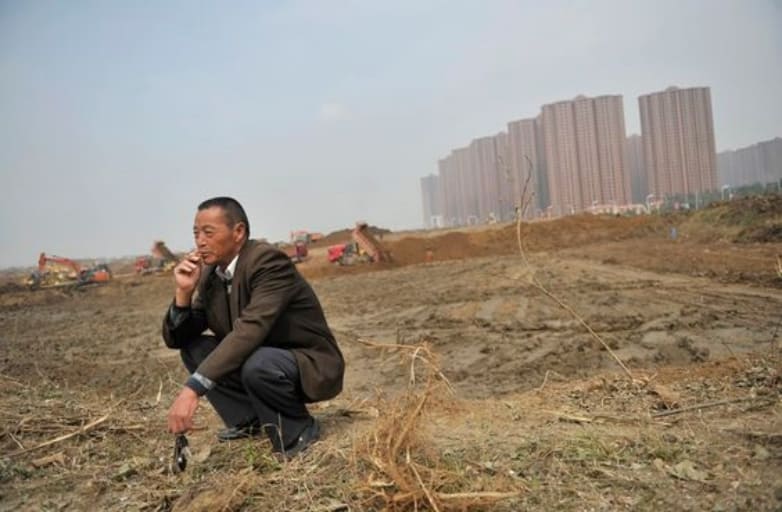
Image source: Pinterest
- #5) Better Digestion Process
Regular Asian squatting will allow an opening up of the colon, allowing a more efficient process with bowel movements. This, in turn, aids with better digestion and reduces constipation.
- #6) Improved Body Awareness
The Asian squat helps you keep your balance and adopt an always-erect posture. Try to spend some time in an Asian squat rather than reclining in a chair or sitting since these positions do not engage your body core.
- #7) Improved Labor for Pregnant Women
For women who experience prolonged labor pains, we highly recommend periodic deep Asian squats. They ease the pelvis muscles and widen the pelvis bones for an easier and faster delivery of a newborn.
Does an Asian Squat Promote Good Health?
Asian squats need more mobility and use the whole range of body motion. Therefore, it is fair to conclude that, particularly for the ordinary individual, the advantages to overall health are substantially more significant when compared with Western squats.
More importantly, since they may improve posture and lessen muscular stiffness, they benefit people who lead sedentary lifestyles more than Western squats. If you want to improve the range of motion in your lower body joints, you could be better off doing Asian squats. However, some people may find it challenging to do these deeper squats, especially if they have very rigid knees and ankles. If that’s the case, do not despair; baby steps are the philosophy behind this!
Do Genetics Come Into Play?
Genetics may influence how well you execute and sustain a squat, but they are not a determinant factor. Shorter people with longer torsos tend to overextend their spines while squatting because they retain a relatively vertical spine. On the other hand, a person with longer legs tends to arch forward, which causes the spine to over-flex.
However, a person with longer legs would find it advantageous to place their feet somewhat broader and point their toes farther outward. That’s not to argue that those not strong enough to do deep squats should refrain from doing so. It only implies that form changes are necessary. If you need more clarification, experiment with different forms to see which is most comfortable. If you exercise and overstress your joints, your body will promptly react and alert you.
People from the Western world spend most of their working hours on 90-degree angled seats. The lavatories have sitting toilets, so you do not have to squat. Thus, while genetics may contribute to an inability to do a deep squat, limited mobility and flexibility are the leading causes. Add less physical activity to the mix of factors that make deep squats difficult, and you have the ideal reason.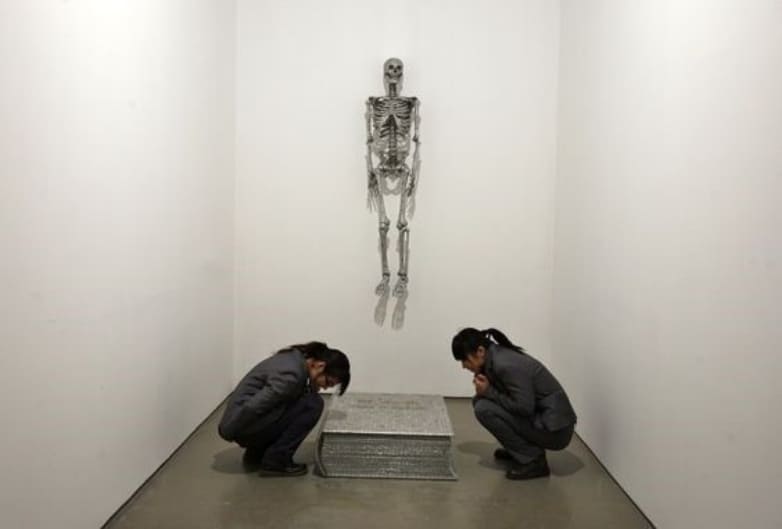
Image source: Pinterest
Slav Squat vs. Asian Squat: The Difference
Slav squats are another kind of exercise similar to Asian squats. Deeper descents into the low squat posture are another feature of Slav squats, named after the Slavic nations of Eastern Europe. Primarily, the location of the feet is the main distinction between Asian and Slavic squats.
First, the Slav squat requires sitting between your feet, whereas the Asian squat requires sitting back on your heels. With the toes pointed outward, your feet should be shoulder-width apart or broader while doing the Slav squat. This is not the case with the Asian squat, where your toes point forward while maintaining a smaller stance.
Lessons Learnt
A unique method for increasing lower body strength, flexibility, and mobility is the Asian squat. Even though it might seem difficult initially, regular practice can result in noticeable improvements. Keep these main points in mind:
- Start Slowly: If you have never done an Asian squat, slowly and gradually increase the pace.
- Maintaining Consistency: This is essential for optimal body mobility and flexibility outcomes.
- Pay Attention to Your Body. Observe your body’s cues and refrain from straining yourself.
- Utilize Props Where Needed: When working on your flexibility, be bold and utilize props like rolled-up mats to support your heels.
- Cultural Intelligence: Honor the squat’s cultural importance while concentrating on its possible health benefits.
Last Words
In many Asian nations, deep squatting maintains its value for both pragmatic and cultural reasons. With enough repetition and mobility training, anybody can learn how to do the deep Asian squat, even if specific individuals may find it difficult due to their limb lengths. If you are planning a vacation to an Asian nation, practice how to Asian squat while traveling and be ready to use your newfound skill to relieve yourself.
